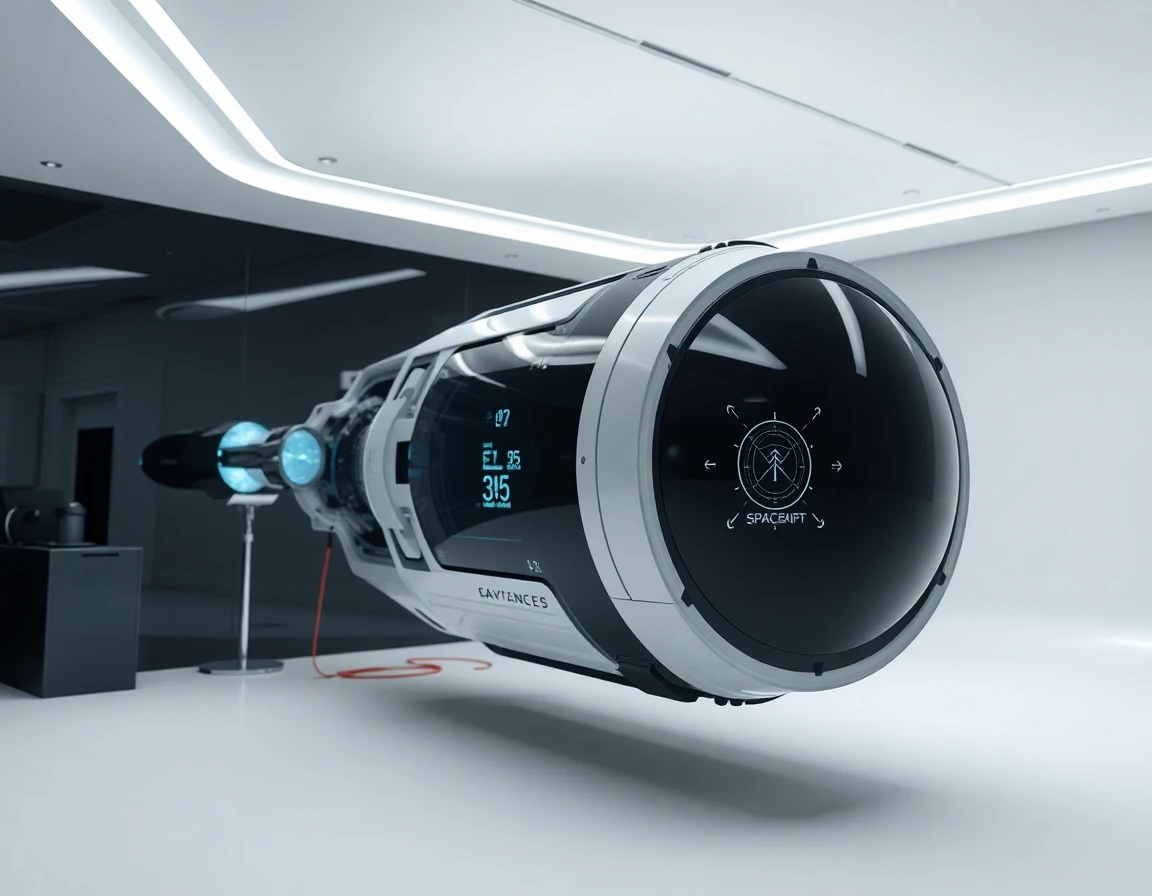The aerospace sector is witnessing rapid advancements in spacecraft technology and missions. As we delve into the latest developments, we highlight significant events that shape the future of space exploration and satellite operations.
SpaceX Delays Launch of Amazon’s Project Kuiper Satellites
One of the most anticipated missions in recent months is SpaceX’s launch of Amazon’s Project Kuiper satellites. Initially set for October 2025, the mission, dubbed Kuiper Falcon 03 (KF-03), has encountered delays primarily due to adverse weather conditions. The launch, which aims to deploy 24 broadband internet satellites utilizing the Falcon 9 rocket, has been rescheduled to October 11, 2025, from Cape Canaveral Space Force Station.
The decision to delay was influenced by a 45% chance of favorable weather, illustrating the operational challenges that launch providers face. These delays highlight the necessity for robust advanced navigation systems, such as high-performance MEMS accelerometers, which ensure precise trajectory calculations during launch and recovery phases, regardless of unexpected weather patterns.
Upcoming Skywatching Events: Meteor Showers and Their Significance
October 2025 is an exciting month for skywatching enthusiasts, featuring two prominent meteor showers: the Draconids and the Orionids. The Draconid meteor shower peaked around October 8, while the Orionids are anticipated to reach their zenith on October 21, with potential rates of up to 20 meteors per hour.
These celestial events not only offer breathtaking views but also present unique opportunities for scientific observation. As meteors enter the Earth’s atmosphere, they can provide valuable data on the composition of comets and asteroids. For researchers, such insights can enhance the understanding of space weather phenomena and the impact of solar radiation on spacecraft operations.
Challenges of Space Weather on Satellite Operations
Recent studies have raised concerns about the impact of space weather on satellite systems, particularly those in geostationary orbit (GEO) and medium Earth orbit (MEO). Fluctuations in space weather can lead to increased radiation exposure, adversely affecting satellite electronics and communications.
Operators must remain vigilant, as charged particles can cause internal discharges and system upsets. The integration of high-performance control systems, equipped with CMOS imaging solutions and automatic exposure control, can help mitigate these risks by enhancing the resilience of satellite components against space weather events.
James Webb Space Telescope: Unveiling the Mysteries of Dark Matter
The James Webb Space Telescope (JWST) continues to redefine our understanding of the universe. Recently, JWST has focused on observing gravitational lensing effects, which demonstrate how dark matter influences the path of light around galaxy clusters. This groundbreaking research offers profound insights into the distribution of dark matter, a critical component in understanding the universe’s structure and evolution.
JWST’s advanced imaging capabilities, combined with precision instruments, allow for unprecedented observations of distant celestial phenomena. The data collected not only enhances astrophysical knowledge but also informs the development of next-generation spacecraft technologies, including advanced thermal battery systems that can power future exploration missions.
The Role of Advanced Technologies in Spacecraft Development
As the aerospace industry evolves, the demand for sophisticated technologies becomes paramount. Innovations such as the ZQXXSGDSS system, featuring high-performance single-tube PIN quadrant detectors, are becoming integral for precise laser beam positioning and tracking applications in spacecraft. Additionally, the ZQXXSZMSS system, with its integrated pre-amplifier circuit for optical-to-electrical signal conversion, demonstrates the trend towards more efficient and compact satellite systems.
These advancements are essential for enhancing the capabilities of spacecraft in various missions, from satellite deployments to deep-space exploration. The integration of cutting-edge technology not only improves operational efficiency but also extends mission durations, enabling more ambitious scientific endeavors.
Conclusion
The recent developments in spacecraft technology underscore a dynamic period in the aerospace sector. As companies like SpaceX push the boundaries of satellite deployment, and as observatories like the JWST unlock the secrets of the cosmos, the future of space exploration appears brighter than ever. The continual integration of advanced systems, ranging from precision accelerometers to thermal battery systems, will be pivotal in navigating the challenges that lie ahead, ensuring that humanity remains at the forefront of space exploration.
As we look forward, the collaboration between technology and exploration will undoubtedly pave the way for groundbreaking discoveries and innovations in the ever-expanding universe.
References
-
SpaceX delays launching Amazon’s Project Kuiper satellites amid backdrop of poor weather (spaceflightnow.com) - 10/10/2025 October 9, 2025 · SpaceX launches 28 Starlink satellites with a Falcon 9 booster flying for a 29th time · October 7, 2025 · SpaceX launches …
-
JWST compares gravitational lensing photo of the day for Oct. 10, 2025 (www.space.com) - 10/10/2025 A compilation of various images from the James Webb Space Telescope shows the effects of gravitational lensing caused by dark matter.
-
Earth Gets Primed to Storm and Solar Truths are Revealed - YouTube (www.youtube.com) - 10/9/2025 … Space Weather Spotlight 08 October 2025. 18K views · 1 day ago … Space Weather News 23 August 2025. Dr.Tamitha Skov•20K views · 11:47 · Go …
-
What’s Up: October 2025 Skywatching Tips from NASA (science.nasa.gov) - 9/30/2025 A supermoon takes over the sky, the Draconid meteor shower peeks through, and the Orionid meteor shower shines bright.



